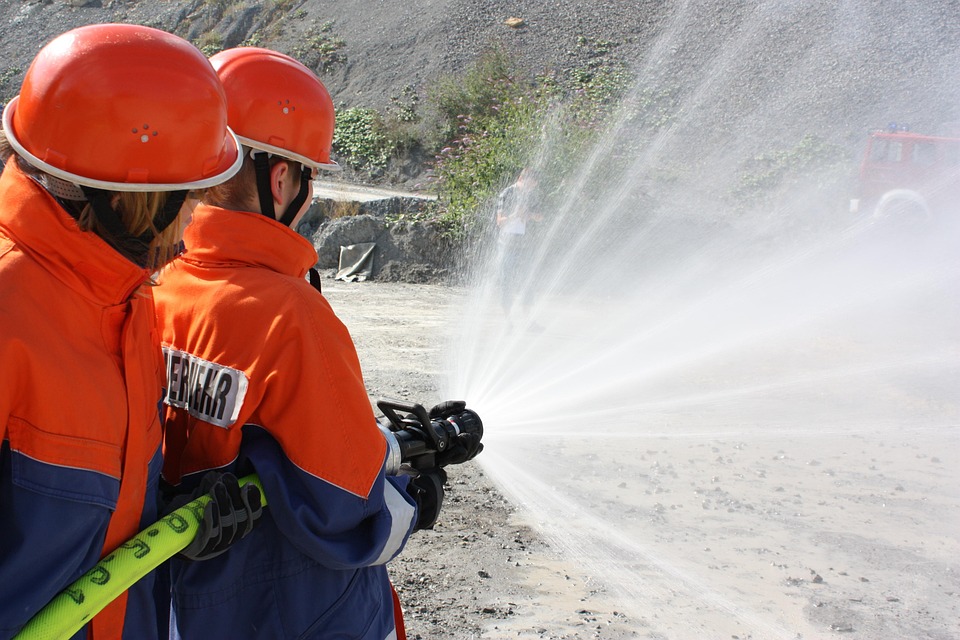The Role of Brigade Combat Teams in Modern Warfare
In modern warfare, the Brigade Combat Team (BCT) plays a crucial role in achieving military objectives on the battlefield. Composed of diverse units such as infantry, armor, artillery, and support elements, the BCT is a versatile and flexible force capable of conducting a wide range of operations. This article will explore the significance of BCTs in modern warfare and the various functions they perform on the battlefield.
Composition of Brigade Combat Teams
A typical BCT consists of a headquarters element, three maneuver battalions (infantry, armor, or cavalry), an artillery battalion, a sustainment brigade, and various support units. Each of these components plays a unique role in enabling the BCT to conduct offensive, defensive, and stability operations effectively. The maneuver battalions are responsible for engaging the enemy and seizing key terrain, while the artillery provides fire support to suppress enemy positions and assist in breaching defenses. The sustainment brigade ensures that the BCT has the logistical support necessary to sustain operations over an extended period.
Functions of Brigade Combat Teams
The primary function of BCTs is to conduct combined arms operations, which involve integrating infantry, armor, artillery, and other assets to achieve tactical and operational objectives. By leveraging the capabilities of different units within the brigade, BCTs are able to respond to a variety of threats and adapt to changing battlefield conditions. BCTs are also capable of conducting joint and multinational operations, working in conjunction with other branches of the military and allied forces to achieve common goals.
BCTs play a crucial role in offensive operations, where they are tasked with seizing and securing key terrain, disrupting enemy forces, and maintaining momentum to achieve decisive victory. By employing a mix of infantry, armor, and artillery units, BCTs can conduct coordinated attacks against enemy positions, exploiting weaknesses and creating opportunities for exploitation. BCTs are also responsible for conducting defensive operations, where they must repel enemy attacks, protect critical assets, and maintain control of key terrain. By coordinating the efforts of different units within the brigade, BCTs can create a layered defense that is difficult for the enemy to penetrate.
In addition to offensive and defensive operations, BCTs are also involved in stability operations, such as peacekeeping and humanitarian assistance missions. These operations require the BCT to work closely with local populations, government officials, and other stakeholders to address security and humanitarian challenges. By leveraging their diverse capabilities and expertise, BCTs can help restore stability and order in conflict-affected areas, facilitating the transition to long-term peace and security.
Role of Technology in Enhancing Brigade Combat Team Capabilities
Advancements in technology have greatly enhanced the capabilities of BCTs in modern warfare. From precision-guided munitions to unmanned aerial vehicles, technology has revolutionized the way BCTs conduct operations on the battlefield. By leveraging cutting-edge equipment and systems, BCTs are able to achieve tactical and operational objectives with greater speed, accuracy, and efficiency.
One of the key technologies that have revolutionized BCT operations is the integration of networked communications systems. These systems enable units within the brigade to share information, coordinate movements, and execute missions more effectively. By providing real-time situational awareness and improved command and control capabilities, networked communications systems enhance the BCT’s ability to respond rapidly to emerging threats and opportunities on the battlefield.
Another critical technology that has transformed BCT operations is the use of unmanned aerial vehicles (UAVs) for reconnaissance and surveillance. These platforms provide BCTs with real-time intelligence on enemy positions, movements, and intentions, enabling commanders to make informed decisions and plan operations with greater precision. UAVs also allow BCTs to conduct reconnaissance over large areas quickly and efficiently, reducing the need for ground-based patrols and enhancing the safety of personnel.
Advancements in precision-guided munitions have also significantly enhanced the firepower of BCTs, enabling them to engage enemy targets with greater accuracy and lethality. By leveraging advanced munitions such as guided missiles, smart bombs, and artillery rounds, BCTs can engage enemy forces at longer ranges and with reduced collateral damage. This precision enables BCTs to achieve decisive results on the battlefield while minimizing the risk to civilian populations and friendly forces.
In conclusion, Brigade Combat Teams play a crucial role in modern warfare by conducting combined arms operations, offensive and defensive actions, and stability missions. By leveraging the diverse capabilities of infantry, armor, artillery, and support units, BCTs are able to achieve tactical and operational objectives with speed, agility, and precision. Technology has played a key role in enhancing the capabilities of BCTs, enabling them to operate more effectively and efficiently on the battlefield. By integrating cutting-edge equipment and systems, BCTs are better equipped to respond to emerging threats, adapt to changing battlefield conditions, and achieve decisive victory against adversaries.


